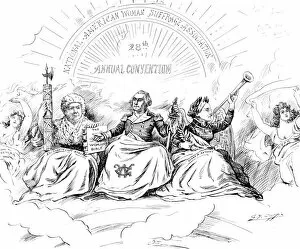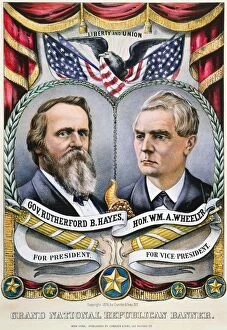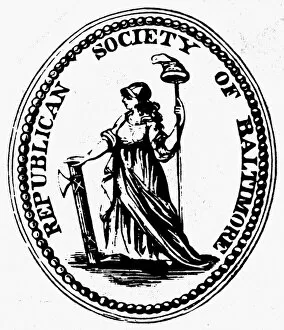Fasces Collection (page 3)
"Fasces: A Symbol of Power, Authority, and Controversy" Fasces, a symbol with a rich historical significance, has been depicted in various forms throughout the centuries
All Professionally Made to Order for Quick Shipping
"Fasces: A Symbol of Power, Authority, and Controversy" Fasces, a symbol with a rich historical significance, has been depicted in various forms throughout the centuries. Catherine Howard (1528-1542) is immortalized in an engraving holding fasces as a representation of her royal authority. The Coat of Arms of France in 1898 proudly displayed fasces as a symbol of unity and strength. This emblem adorned recruitment posters during World War I, urging citizens to enlist in the US Army and defend their nation. The majestic Lincoln Memorial, dedicated on May 30th, 1922, features marble statues holding fasces. These sculptures pay homage to the power and leadership embodied by President Abraham Lincoln. However, not all depictions have been positive. A cartoon from the mid-19th century portrays France as a slave trader using fasces to subjugate its colonies. This artwork highlights the darker side associated with this ancient symbol. In another context entirely, Pope Pius XI (1857-1939) and Mussolini (1883-1945) are shown together on the cover illustration of Simplicissimus magazine in March 1929. Fasces appear prominently here due to their association with Italian fascism during that era. Originating from ancient Rome's lictors who protected magistrates while carrying ceremonial fasces or bipennis symbols wrapped around bundles of rods representing authority; these objects conveyed power through unity. Fasces even found their way into luxurious settings like state beds from 1813 where they were incorporated into intricate designs showcasing opulence and grandeur. Artworks such as "The Massacre at Jerusalem" depict historical events where fasces played significant roles within political landscapes across different eras. Lastly, an allegory honoring Frederick the Great shows him as the founder of the League of Princes surrounded by symbols including fasces representing his authoritative rule.















